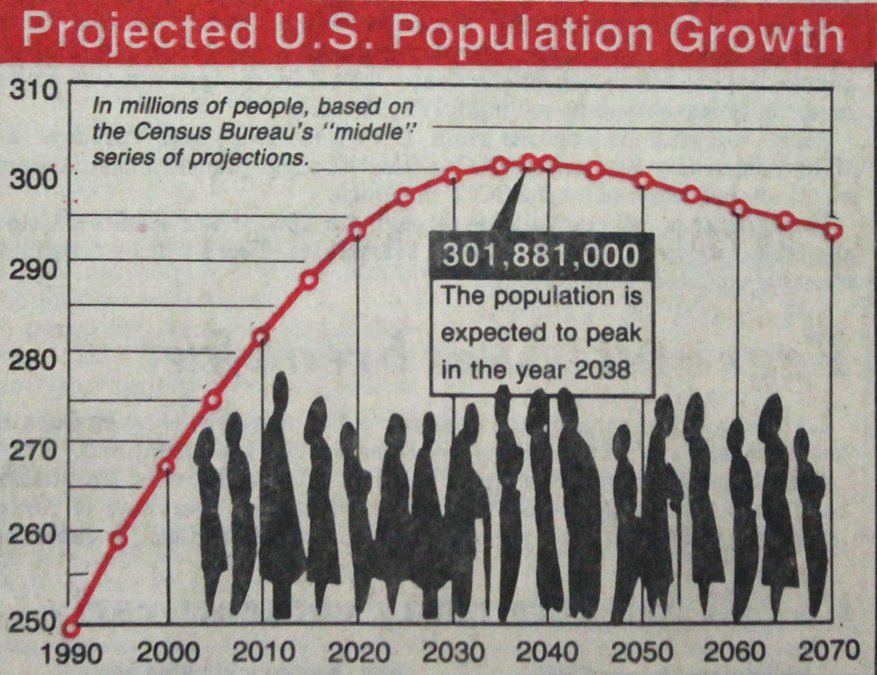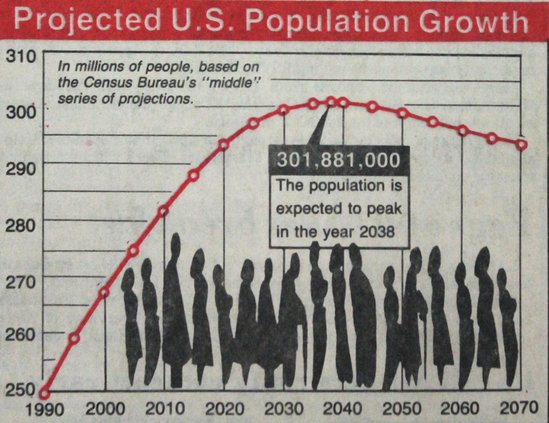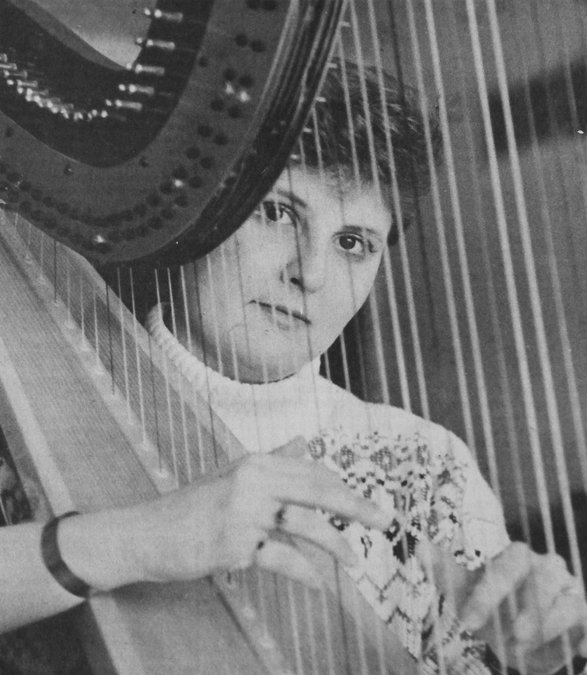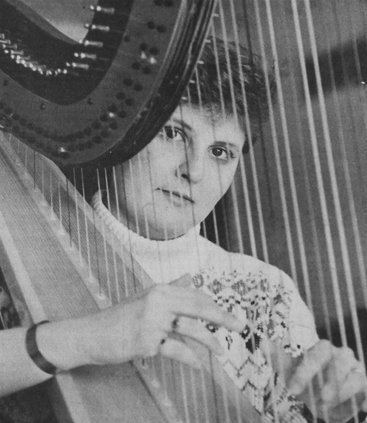Each week we’ll take a step back into the history of Great Bend through the eyes of reporters past. We’ll reacquaint you with what went into creating the Great Bend of today, and do our best to update you on what “the rest of the story” turned out to be.
This week in 1989, the country finally recouped the 508-point loss it incurred over two years earlier on “black Friday,” in October, 1987. On Jan. 29, 1989, the DOW was at 2,256.43.
The Episcopal Church of the United States appointed its first female bishop. Barbara Harris was born in June, 1930. She took part in the civil rights march from Selma to Montgomery, Alabama, led by Martin Luther King, Jr. She was ordained in 1979, and served the Massachusetts Diocese from 1989 to 2003. The 20th Century found many denominations considering and approving the ordination of women, though it did cause splits in many denominations, including the Anglican church.
Arctic blast compares to Polar Vortex
Locally, the weather report was strikingly similar to ours this week, with an Arctic cold front predicted .
“According to the National Weather service in Concordia, the area could see a massive drop in the temperature starting Wednesday,” News Editor Chuck Smith wrote. The National Weather Service was predicting a 70-degree temperature drop that threatened to cause winter-kill of many of the area’s plants that had become used to unseasonably warm weather.
AS of Feb. 3, Great Bend recorded one overnight low of 11 degrees below zero, with a wind chill of 55 below. Certainly not history we want to see repeating itself.


Population predicted to peak and decline
This week, the US Census Bureau reported it expected the population in the United States to peak sometime around 2038, at a mere 301,881,000 people, before it began its decline. This was a middle-of-the-road prediction, however. One set of figures set the peak population at 264.5 million in the year 2020 before the decline starts, and on the other end of the pendulum swing, the population was predicted to be as high as 501 million and still growing in 2080.
According to https://www.census.gov/topics/population.html, the current US population at the time of this writing was calculated to be 328,368,690, with a net gain of one person every 19 seconds. At this rate, the high end of the 1989 estimates look more likely, and perhaps a little optimistic.
Also in the report: “The share of the population under age 35 may never again be as large as it is now - 55 percent. That percentage is expected to drop to 48 in 200, 46 in 2010 and 41 in 2030.”
According to the US Census Bureau, in 2010, the percentage of people in the US aged 18-44 was on 36.5. With the percentage of the population too old to conceive growing faster now, perhaps we will hit that peak and decline at some point before 2080.


Great Bend harpist celebrated
Also this week in 1989, Tribune Area Reporter Dale Hogg shone a spotlight on Great Bend High School junior Aryen Dudrey, who would be playing her harp for BOTH the state high school band and orchestra in Wichita.
It was the second year Dudrey qualified for the honor. Back then, auditions were recorded on cassette tapes and sent by the U.S. Postal Service for consideration.
Dudrey commented on how she became interested in the harp.
“When I was seven years old, my mother dragged me to a community concert.” At that performance, the young Dudrey saw a woman play the harp. “I said ‘I want to play one of those.’”
She found daily practice essential, not only to get better at playing, but also to maintain the calluses on her fingers so she would not get blisters, she said. The size of the instrument required Dudrey to transport it using a dolly. Her mother, Rebecca Dudrey, a music teacher at Lincoln Elementary School at the time, commented, “She should have started with the piccolo.”
While Dudrey didn’t play with the Great Bend High School band, she did take private classes in Wichita, and had been asked to play her instrument at weddings and receptions.
Dudrey later went on to study at the University of Kansas at Lawrence, where she appeared in the 1991 year book. That’s where the trail ended in our search for Aryen. Her mother, however, is still active in Great Bend as the president of the Great Bend chapter of the League of Women Voters.
End of the line for Greyhound service?
Back in the 1980s, while travel by passenger train was already fading into memory, inexpensive travel was still common by bus. By 1989, however, even that was soon to be a thing of the past, according to an editorial by the Tribune’s Chuck Smith.
“Greyhound is proposing cutting service for three areas in northeast and southeast Kansas, a move which could leave a dozen communities without bus service.
“It isn’t considering cutting back on those routes so there would still be service at least part of the week. It plans to abandon the entirely. At issue is money, profits. Once again a mass transit system is telling Kansas it can’t make any money here.”
The trend towards seeking ever higher profits at the expense of public service was not new even then. But Greyhound’s woes were more a result of union lawsuits, bankruptcy and reorganization. Since then, ownership has changed several times, and Greyhound has experienced numerous line changes.
According to one citation we found at Wikipedia, In September 2015, Greyhound announced expanded service in Missouri and Kansas shortly after Megabus announced that it would be ending service to several cities and college campuses. That didn’t happen, but Greyhound currently does offer service inside Kansas. The station furthest west is Abilene, from which it travels east to Kansas City. In just a smidge over four hours, you can take that trip one-way for anywhere from $33 to $45 dollars.





